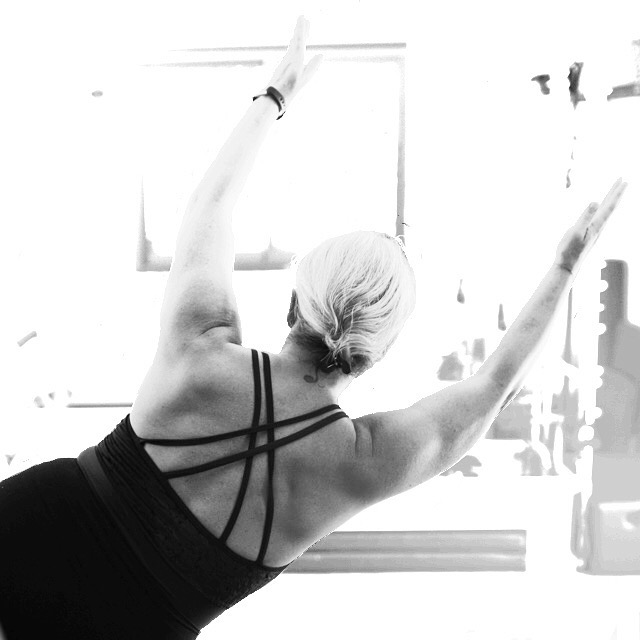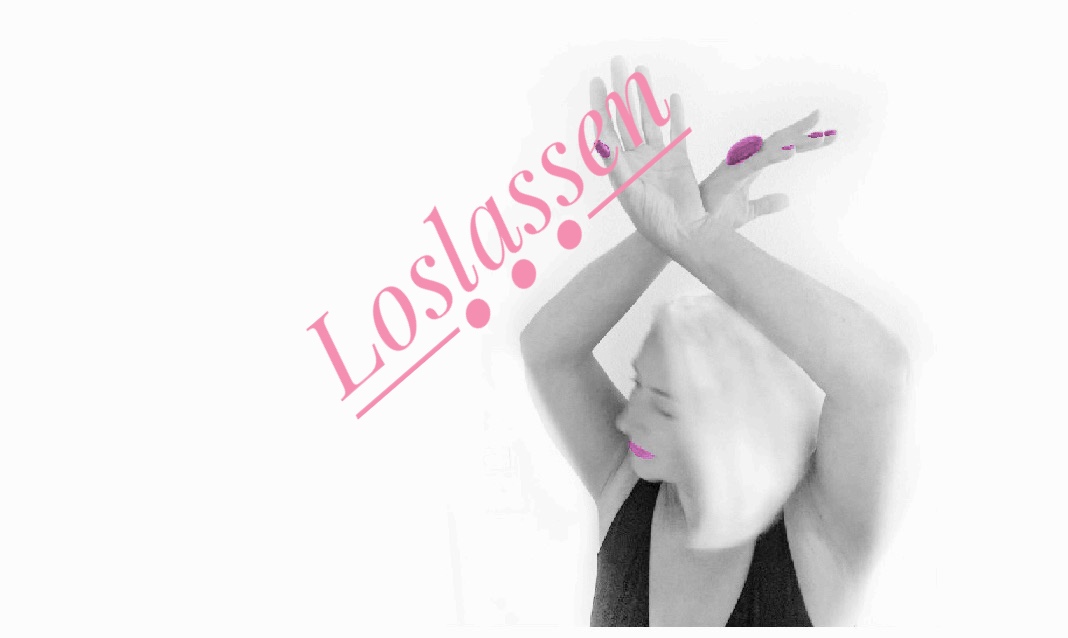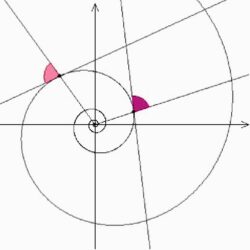Ease & Harmony
‘When all your muscles are properly developed you will, as a matter of course, perform your work with minimum effort and maximum pleasure’ wrote Pilates in his book ‘Return to Life Through Contrology’.
I consider this as an essential statement on the essence of the Pilates method.
Pilates is known as a muscle building and muscles strengthening training method. And not a few people start the Pilates exercises, because they have problems with too weak (usually back) muscles.
And most of the Pilates apparatus, which often seem to a lot of new students, who have not seen and used them before, like torture devices, are reminiscent of gyms and their muscle-strengthening workouts.
But building a strong muscular system alone does not create a strong body. It needs much more the holistic strengthening of all muscles, especially the so-called intrinsic muscles.
The training on the Pilates equipment, in particular, causes the muscles to be strengthened, but not shortened, as can often happen when training with weights. And through the many different exercises that strengthen the balance, the inner muscles are stimulated too.
The term ‘powerhouse’, synonymous with the body center, can be understood as pure muscle center, showing its strength in form of a six-pack. Much better fits in my understanding, however, the ‘powerhouse’ as a center in which the power lives, and extends outwards. This is what the Pilates principle ‘centering’ describes: from the center to the limbs and vice versa, i.e. the connection of the extremities to the middle of the body.
The goal is a strong body that allows movement. From the strength of the body center to the mobility of the extremities, from stability to agility, from the power inside to lightness outside, from strength to ease. This is in my opinion what Joseph Pilates described as minimum effort and maximum pleasure.
Or as my very first Pilates teacher Vesna Matthies always said, ‘If it’s not looking beautiful, it’s wrong.’


